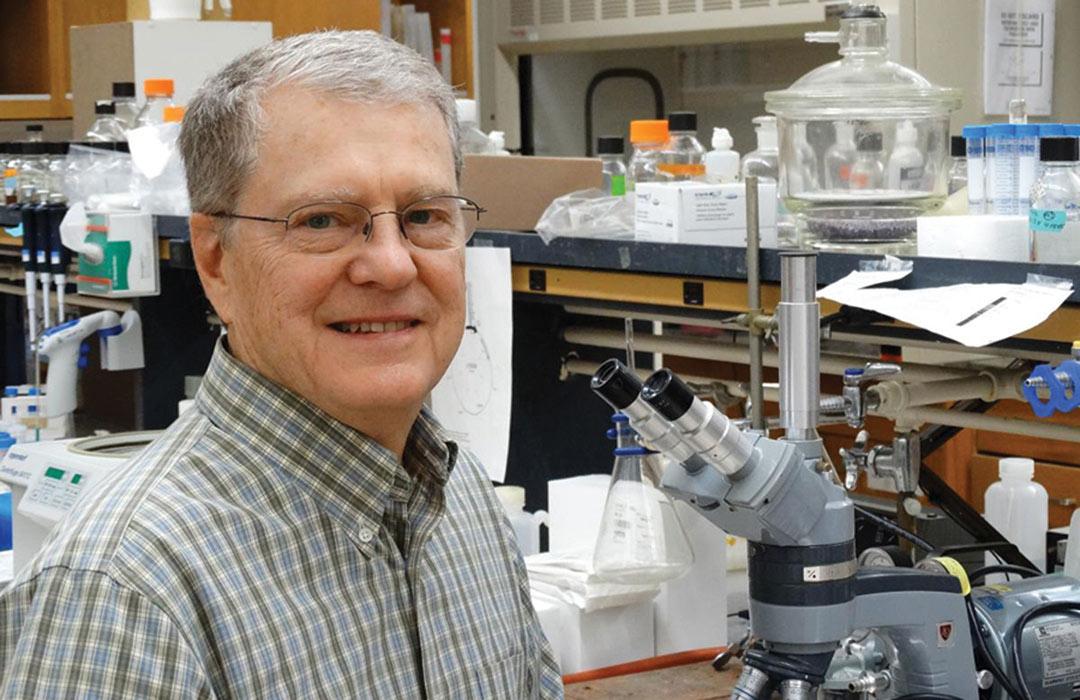In addition to Geller, other OSU scientists on the team include microbiology postdoctoral scholars Erin Sully and Lixin Li and microbiology undergraduate Christina Moody, as well as scientists from Sarepta Therapeutics, Harvard Medical School, the University of Fribourg, and the University of Texas Southwestern.
The molecule is a PPMO, short for peptide-conjugated phosphorodiamidate morpholino oligomer, essentially a piece of synthetic DNA. It can be seen as a form of “gene therapy” which, in this case, binds to the bacteria’s DNA and inhibits the expression of a protein that would otherwise allow the bacteria to elude attack. OSU scientists demonstrated that the new PPMO restored the effectiveness of the antibiotic meropenum, an ultra-broad spectrum drug of the carbapenem class, to fight antibiotic-resistant bacteria, both in vitro and in mice infected with a resistant strain of E. coli.
Even better, the PPMO therapy is effective with not just one but all antibiotic-resistant pathogens.
“We’re targeting a resistance mechanism that’s shared by a whole bunch of pathogens,” said Geller who’s been researching molecular medicine for more than a decade. “It’s the same gene in different types of bacteria, so you only have to have one PPMO that’s effective for all of them, which is different than other PPMOs that are genus specific.”
Results of the study, supported by a grant from the National Institutes of Health, were recently published in the Journal of Antimicrobial Chemotherapy.
Geller says the PPMO will likely be ready for testing in humans in about three years.
“We’ve lost the ability to use many of our mainstream antibiotics,” Geller said. “Everything’s resistant to them now. That’s left us to try to develop new drugs to stay one step ahead of the bacteria, but the more we look the more we don’t find anything new. So that’s left us with making modifications to existing antibiotics, but as soon as you make a chemical change, the bugs mutate and now they’re resistant to the new, chemically modified antibiotic.”
That progression, Geller explains, made the carbapenems, the most advanced penicillin-type antibiotic, the last line of defense against bacterial infection.
“The significance of NDM-1 is that it is destroys carbapenems, so doctors have had to pull out an antibiotic, colistin, that hadn’t been used in decades because it’s toxic to the kidneys,” Geller said.
“That is literally the last antibiotic that can be used ...and we now have bacteria that are completely resistant to all known antibiotics. But a PPMO can restore susceptibility to antibiotics that have already been approved, so we can get a PPMO approved and then go back and use these antibiotics that had become useless.”
Based on an article by Steve Lundeberg.





